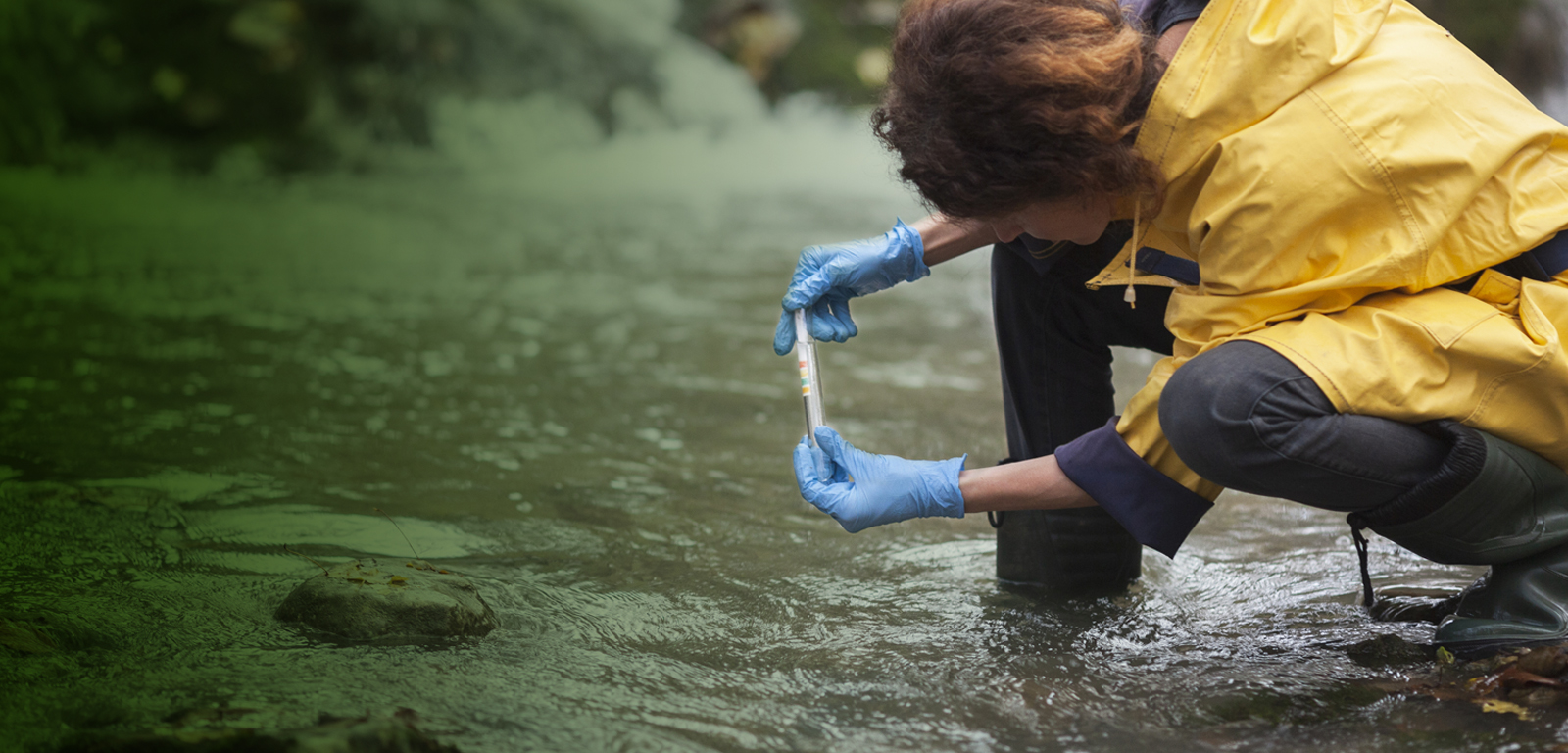Subject
Stress Ecology
General details of the subject
- Mode
- Face-to-face degree course
- Language
- English
Description and contextualization of the subject
The human society faces global environmental challenges, such as human population in accelerated growth, pollution, climate changes. Human resources with advanced training in Stress Ecology are needed to addressed and overcome such challenges contributing to societal development and sustainability of life on earth.Aims
To get knowledge and practical training on Stress Ecology.
Objectives
At the end of the Unit, you should:
1. Have fundamental and applied concepts in the scope of Stress Ecology, and training on methods and techniques commonly used in stress ecology and on new approaches necessary to address and overcome major environmental problems (e.g. climate changes, bioinvasions, pollution, biodiversity lost).
2. Have the stimulus and skills to get continuous upgrade of knowledge and training and to apply them in problem solving in the scope of Stress Ecology.
3. Have the capability of working in a team, in an integrated and multidisciplinary way in the scope of Stress Ecology.
4. Have developed autonomy and skills to promote consensual choices, to analyse and discuss results, make decisions and communicate results, risks and decisions to different types of audience in distinct contexts.
Teaching staff
| Name | Institution | Category | Doctor | Teaching profile | Area | |
|---|---|---|---|---|---|---|
| ORTIZ ZARRAGOITIA, MAREN | University of the Basque Country | Profesorado Agregado | Doctor | Bilingual | Cellular Biology | maren.ortiz@ehu.eus |
Competencies
| Name | Weight |
|---|---|
| Que el estudiante sepa y entienda los conceptos teóricos de los ciclos biogeoquímicos, así como los aspectos prácticos de los mismos y sus aplicaciones. | 20.0 % |
| Que el estudiante sepa y entienda los conceptos, práctica y aplicaciones de la evaluación integral de la salud de los ecosistemas (acuáticos y terrestres) en un ambiente cambiante y sometido a fuentes múltiples de estrés ambiental, incluidos los contaminantes químicos. | 20.0 % |
| Que el estudiante conozca los mecanismos de resistencia de los organismos vivos (tolerancia, resistencia, resiliencia, adaptación, plasticidad, etc.) frente contaminantes químicos ambientales. | 20.0 % |
| Que el estudiante sea capaz de diseñar y elaborar modelos numéricos, estadísticos y computacionales en lo referente a los ciclos biogeoquímicos de los contaminantes químicos ambientales, sus efectos sobre los seres vivos y los procedimientos de evaluación de riesgo e impacto. | 20.0 % |
| Que el estudiante muestre destreza en la evaluación de la contaminación, de la calidad ambiental y de la salud de los ecosistemas, tanto desde el punto de vista académico como práctico. | 20.0 % |
Study types
| Type | Face-to-face hours | Non face-to-face hours | Total hours |
|---|---|---|---|
| Lecture-based | 18 | 27 | 45 |
| Seminar | 6 | 9 | 15 |
| Applied laboratory-based groups | 24 | 36 | 60 |
| Workshop | 12 | 18 | 30 |
Training activities
| Name | Hours | Percentage of classroom teaching |
|---|---|---|
| Classroom/Seminar/Workshop | 45.0 | 40 % |
| Laboratory/Field | 60.0 | 40 % |
| Lectures | 45.0 | 40 % |
Assessment systems
| Name | Minimum weighting | Maximum weighting |
|---|---|---|
| Continuous evaluation | 10.0 % | 10.0 % |
| OTROS | 40.0 % | 40.0 % |
| Written examination | 50.0 % | 50.0 % |
Learning outcomes of the subject
At the end of the Unit, you should:1. Have fundamental and applied concepts in the scope of Stress Ecology, and training on methods and techniques commonly used in stress ecology and on new approaches necessary to address and overcome major environmental problems (e.g. climate changes, bioinvasions, pollution, biodiversity lost).
2. Have the stimulus and skills to get continuous upgrade of knowledge and training and to apply them in problem solving in the scope of Stress Ecology.
3. Have the capability of working in a team, in an integrated and multidisciplinary way in the scope of Stress Ecology.
4. Have developed autonomy and skills to promote consensual choices, to analyse and discuss results, make decisions and communicate results, risks and decisions to different types of audience in distinct contexts.
Temary
Topics covered include:Main ecological paradigms and challenges.
Development, biodiversity and conservation, sustainability.
Main regulation and conventions.
Environmental stressors. Global pollutants and environmental contaminants of special concern (e.g. microplastics, nanomaterials).
Methods and techniques commonly used in Ecology and ecotoxicology to assess the effects of stressors on populations, communities and ecosystems.
Effects of environmental stressors (physical, chemical, biological) on interspecific relationships; adaptations, resistance and differences among species.
Effects of individual environmental stressors on communities and ecosystems (terrestrial, freshwater, marine).
Combined effects of climate changes, pollution and bioinvasions in ecosystems of different regions (temperate, cold, tropical, extreme environments).
Implications to biodiversity conservation, environmental and human health, and ecosystem services.
Bibliography
Basic bibliography
Araújo, C.M.V.; Shinn, C. (Eds.). 2017. Ecotoxicology in Latin America. Nova Publishers, New York, 591 p. ISBN: 978-1-53610-609-1.Barnthouse LW; Munn Jr WR; Sorensen MT 2007. Population-level Ecological Risk Assessment. SETAC & CRC Taylor & Francis Group.
Begon M; Townsend CR; Harper JL 2009. Ecology: From Individuals to Ecosystems. Blackwell Publishing.
Sheppard, C.R.C. (Ed.) 2019. World Seas: An Environmental Evaluation. 2nd Edition, Vol. III: Ecological Issues and Environmental Impacts. Academic Press.
Steinberg CEW 2012. Environmental Stress as Ecological Driving Force and Key Player in Evolution. Springer.
recent articles and several websites


